A new approach to the synthesis of sustainable ammonia and urea uses food waste and brown water as feedstocks.


A new approach to the synthesis of sustainable ammonia and urea uses food waste and brown water as feedstocks.
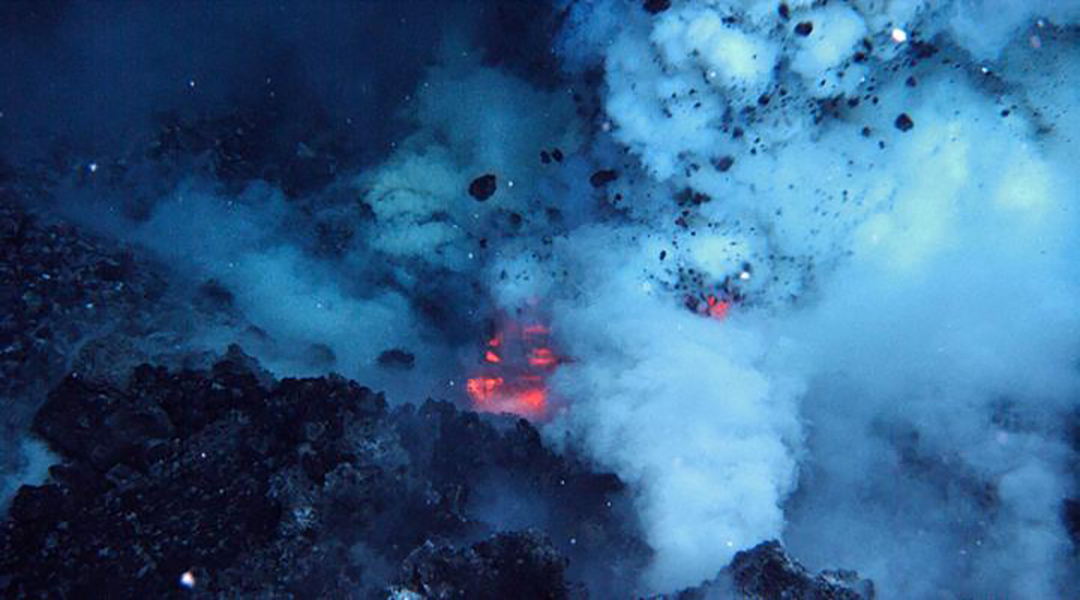
Scientists are closer to understanding the formation of underwater megaplumes, large and powerful columns of heated water rising from the ocean floor.
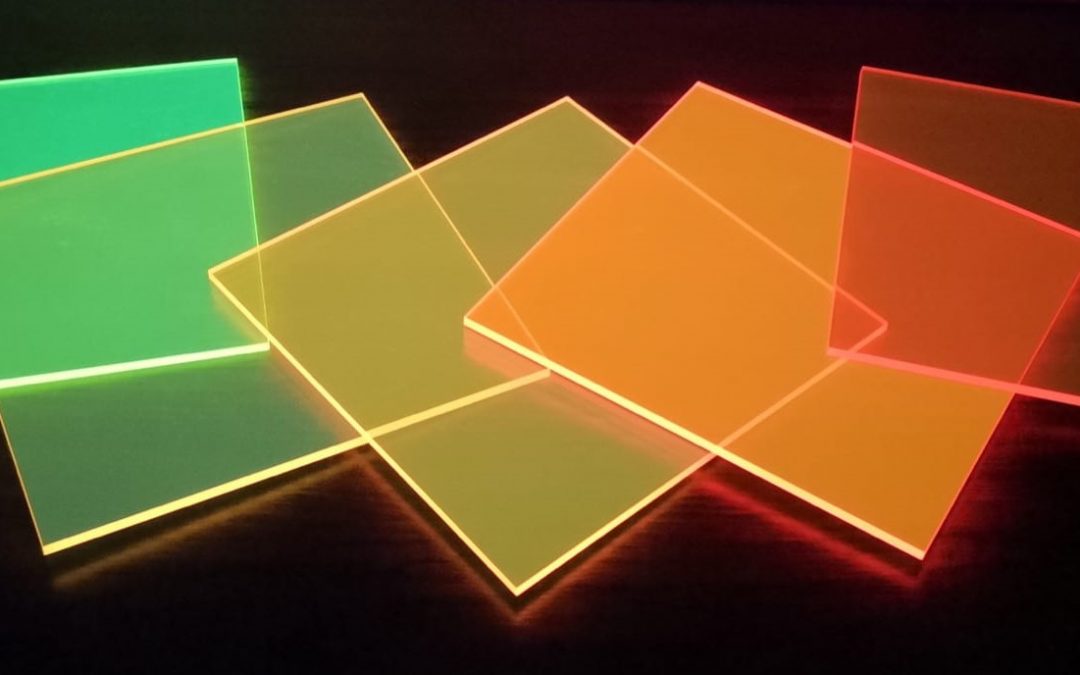
Luminescent solar concentrators based on a conjugated polymer redirect light from inside and out.
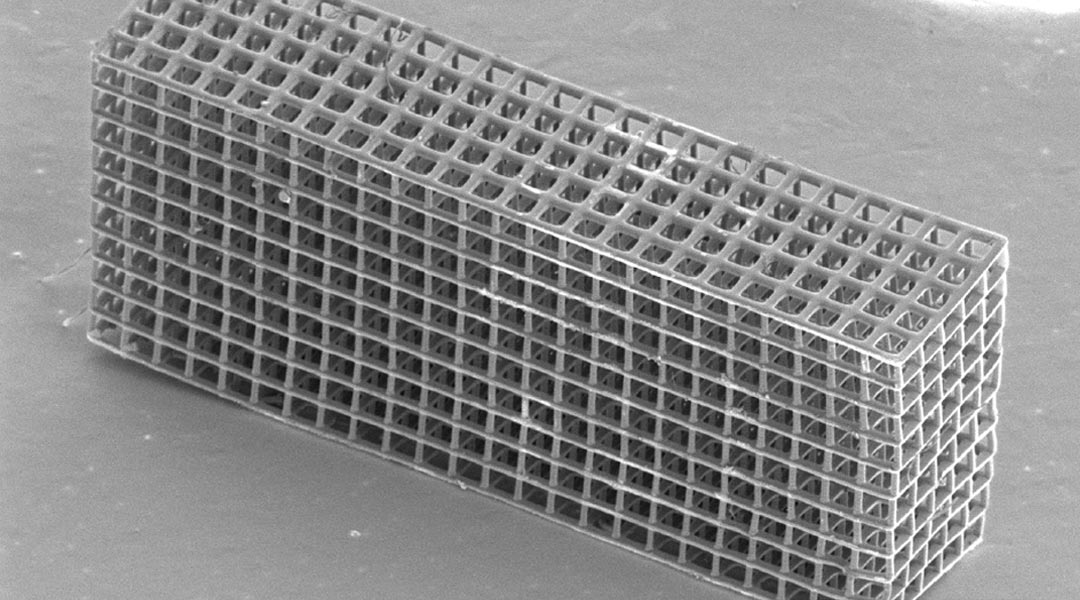
Increasing the mass of an electrode reduces power density due to the longer distance that ions and electrons must travel. Electrode designs need a rethink.
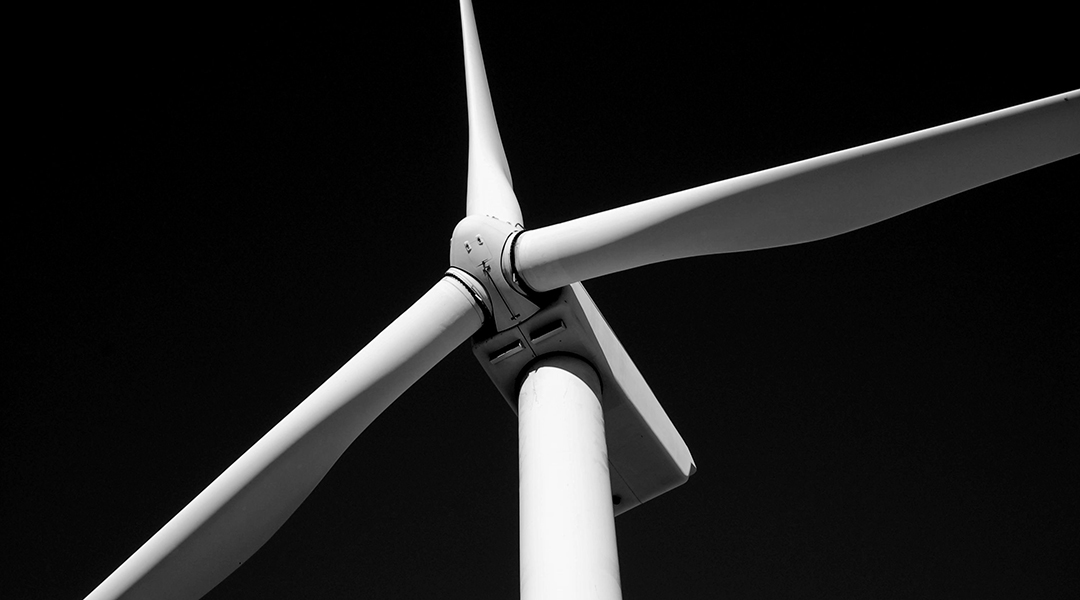
How ignoring the dynamics of the energy transition leads to overestimating transition cost and unjustified delay of climate action.
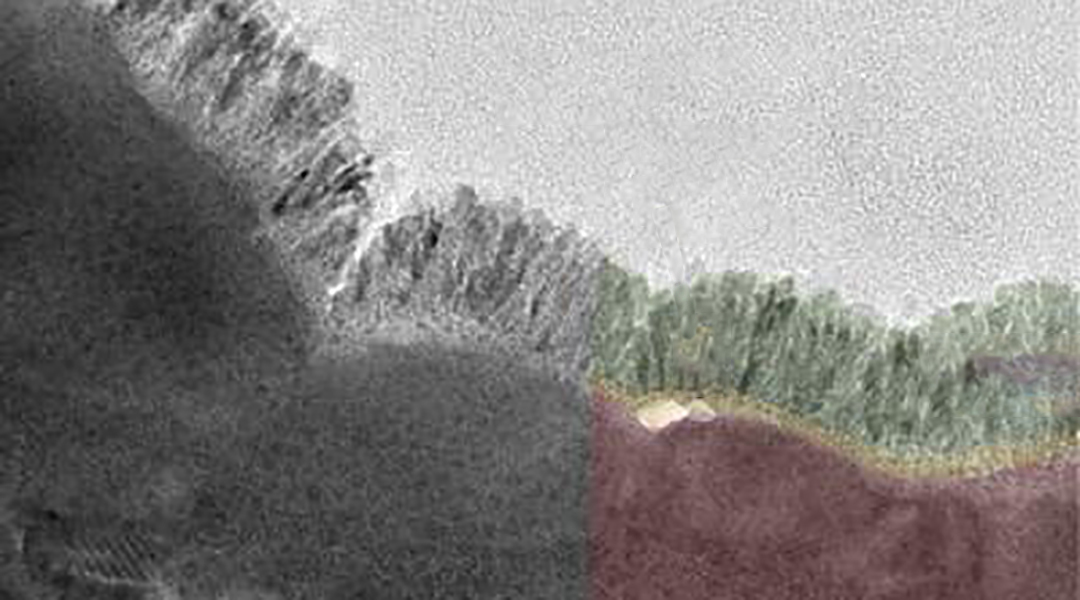
New photoanodes promise high efficiencies in producing hydrogen in a climate-neutral way.
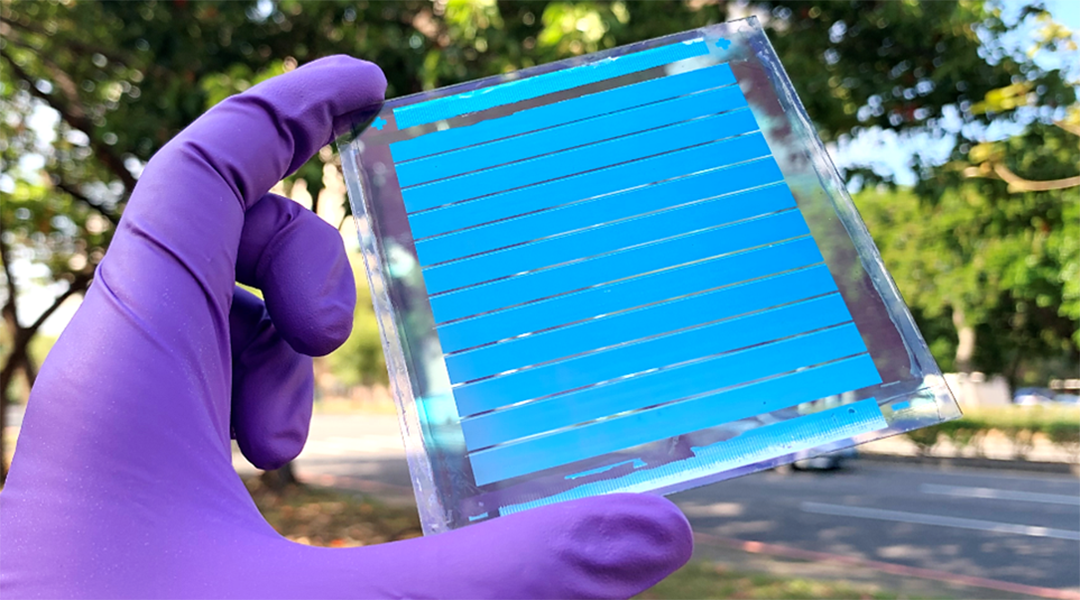
A new formulation for manufacturing organic solar panels exhibits an impressive, certified power conversion efficiency to help bring this technology closer to commercialization.

Conquering cloud and nighttime solar intermittency comes from the phenomenon of persistent photoconductivity observed in materials that contain sub-bandgap trap states.

The Argentinean experience can inform experts on LEEN efforts to make industrial sectors more energy efficient in developing regions.
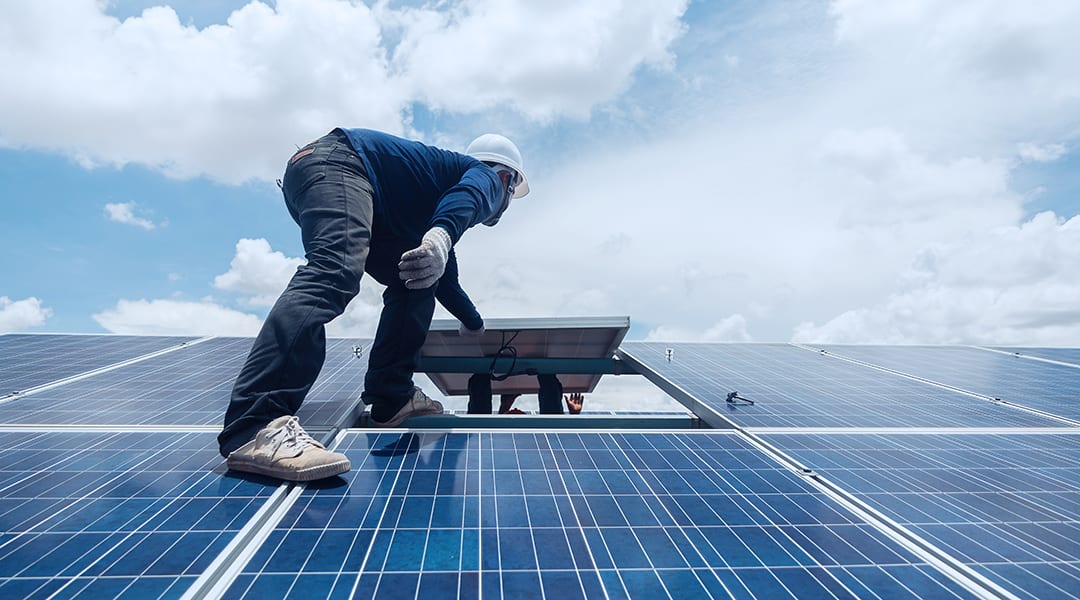
Researchers publish an up-to-date and easy-to-access platform with a global scope.